Home>Garden Essentials>When Do Weeds Germinate
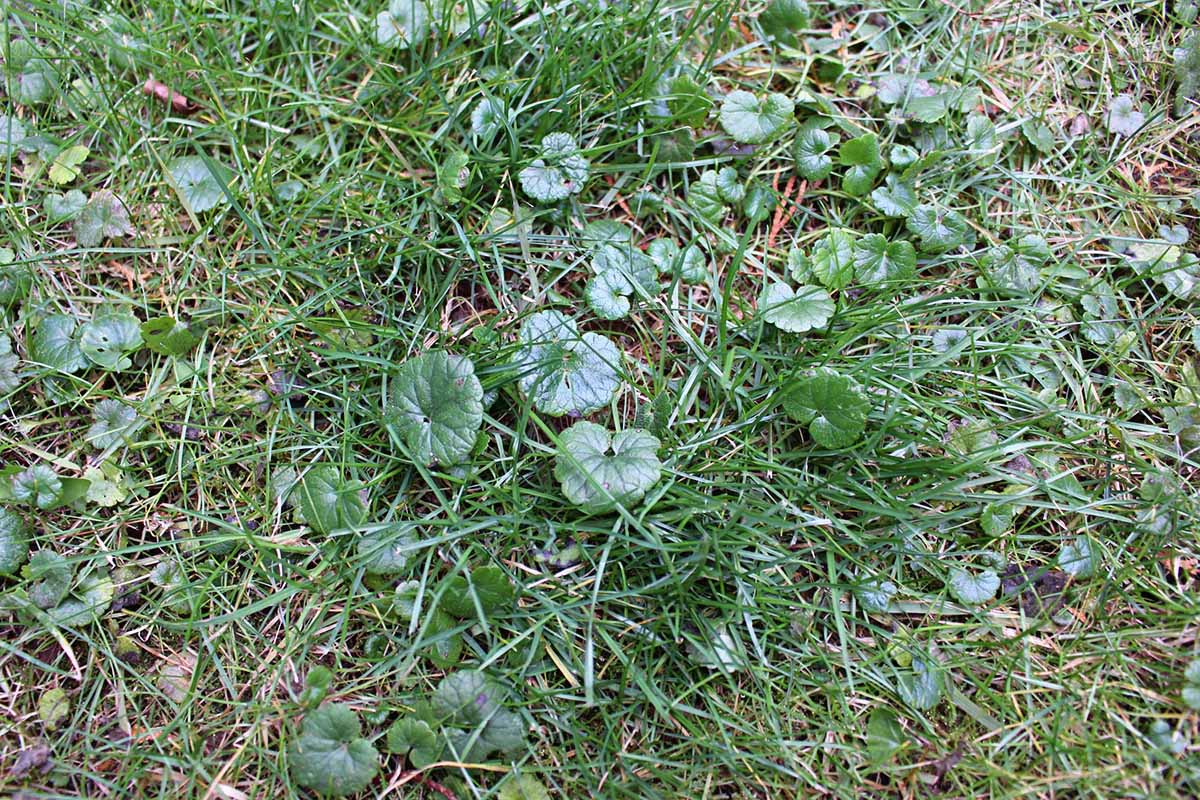

Garden Essentials
When Do Weeds Germinate
Modified: March 16, 2024
Find out when weeds germinate in your garden and take the necessary steps to prevent them from taking over your beautiful plants and flowers.
(Many of the links in this article redirect to a specific reviewed product. Your purchase of these products through affiliate links helps to generate commission for Storables.com, at no extra cost. Learn more)
Introduction
Welcome to the world of gardening, where beautiful flowers, lush greenery, and bountiful harvests are the goals we all strive for. However, amidst this picturesque landscape, there is always one dreaded enemy lurking in the shadows – weeds. Weeds are unwanted plants that quickly take over our gardens, stealing nutrients, water, and sunlight from our beloved plants.
Understanding when weeds germinate is crucial in order to effectively control and prevent their growth. Germination is the process by which a seed sprouts into a new plant. By pinpointing the germination period of different weed species, we can implement proper strategies and tools to tackle them at their most vulnerable stage.
Factors such as temperature, moisture, soil conditioning, light conditions, and seed dormancy can all influence the germination of weeds. In this article, we will explore these factors in-depth to gain a better understanding of when weeds are most likely to germinate and how we can best combat them.
Key Takeaways:
- Timing is crucial in weed control. Understanding when weeds germinate helps plan effective strategies to prevent their growth and maintain a healthy garden.
- Factors like temperature, moisture, and soil conditions influence weed germination. By implementing best practices, you can minimize weed growth and promote the success of desired plants.
Read more: What Soil Temperature Do Weeds Germinate
Factors Affecting Weed Germination
The germination of weed seeds is influenced by several factors that vary depending on the weed species and environmental conditions. Understanding these factors can help us anticipate and control weed growth more effectively. Let’s delve into the key factors affecting weed germination:
Temperature and Seasonal Variation
Temperature plays a significant role in weed germination. Each weed species has an optimal temperature range for germination. Some weeds, like crabgrass, thrive in warmer temperatures, while others, like chickweed, prefer cooler conditions.
Seasonal variations also affect weed germination. Spring and early summer are prime seasons for weed germination, as the soil warms up and moisture becomes abundant. Understanding the specific germination periods for prevalent weed species in your area can help you plan your weed control measures accordingly.
Moisture and Irrigation Practices
Moisture is essential for seed germination, as it activates enzymes that initiate growth. Weeds tend to thrive in moist environments, so overwatering or improper irrigation practices can inadvertently promote their germination. Consistent, deep watering for established plants and avoiding frequent, shallow watering can help control weed growth.
Soil Conditioning and Preparation
The condition of the soil can greatly impact weed germination. Weeds prefer loose, nutrient-rich soil that provides them with ample space and resources to grow. Proper soil conditioning, such as adding organic matter and using mulch to suppress weed seeds, can limit weed germination by creating an inhospitable environment for them.
Read more: When Do Tulips Germinate
Light and Shade Conditions
Light is another crucial factor in weed germination. Some weed species require exposure to sunlight to germinate, while others thrive in shaded areas. Understanding the light requirements of different weeds can assist in strategic weed control, such as selectively shading certain areas or using light-reflective mulch to prevent weed seed germination.
Weed Seed Dormancy
Weed seeds can enter a state of dormancy, where they remain inactive and fail to germinate even under optimal conditions. Factors such as temperature, light exposure, and soil moisture levels can break seed dormancy. Some weed seeds can remain dormant for years, waiting for favorable conditions to trigger germination. The knowledge of seed dormancy can help plan long-term weed control strategies.
By becoming familiar with these factors, we can gain valuable insights into the germination patterns of different weed species. This knowledge allows us to tailor our weed control practices to target specific times and conditions when weeds are most vulnerable.
Temperature and Seasonal Variation
The temperature of the soil and air plays a critical role in determining the germination period of weeds. Different weed species have specific temperature requirements for optimal germination. By understanding the temperature preferences of these weeds, we can anticipate their germination and implement effective control measures.
Spring and early summer are the prime seasons for weed germination due to the warmer temperatures. As the soil begins to warm up, weed seeds become activated and start their growth process. Weeds such as crabgrass, pigweed, and foxtail thrive in these conditions and can rapidly take over a garden if not managed in a timely manner.
On the other hand, there are weed species that prefer cooler temperatures for germination. Examples include chickweed, annual bluegrass, and henbit. These weeds seize the opportunity to germinate and establish themselves during the cooler months of fall and winter, making it essential to implement preventative measures ahead of these seasons.
Understanding the specific germination periods for common weed species in your region is crucial for effective weed control. Local agricultural extension offices, gardening forums, or experienced gardeners can provide valuable insights into the germination timing of prevalent weeds in your area.
When it comes to managing weed germination, timing is everything. If you know that a particular weed species germinates in the early spring, you can start implementing control measures, such as pre-emergent herbicides, before the seeds have a chance to sprout. Similarly, being aware of weeds that prefer cooler temperatures allows you to prepare your garden, apply mulch, or cover vulnerable areas to prevent their growth.
Monitoring the temperature of your soil is a useful way to gauge when weeds are likely to germinate. Soil thermometers are readily available at garden centers and can provide accurate readings to help you plan and implement preventative measures.
In addition to temperature, seasonal variation also plays a role in weed germination. Each season brings its own unique conditions and environmental factors that impact weed growth. By understanding the seasonal patterns in your area, you can anticipate when specific weeds are likely to emerge and take appropriate actions.
Overall, understanding the relationship between temperature, seasonal variation, and weed germination is essential for effective weed control. By staying ahead of the germination periods and implementing preventative measures, you can significantly reduce the impact of weeds on your garden and enjoy a thriving, weed-free landscape.
Moisture and Irrigation Practices
Moisture is a critical factor in weed germination. Just like any other plant, weeds require an adequate water supply to activate enzymes and initiate the germination process. Understanding the role of moisture and implementing proper irrigation practices are essential in controlling weed growth.
Watering your garden correctly ensures that your desired plants receive enough moisture, while minimizing water availability for weed seeds. Overwatering or improper irrigation practices can inadvertently promote weed germination by creating a moist environment that favors their growth.
When watering your garden, it’s important to aim for deep and infrequent watering rather than frequent, shallow watering. Deep watering encourages plant roots to grow deeply into the soil, establishing strong and sturdy plants. In contrast, frequent, shallow watering only moistens the top layer of soil, encouraging weed seed germination as they thrive in these moist conditions.
Consider incorporating drip irrigation or soaker hoses into your garden. These systems deliver water directly to the plant’s root zone, minimizing water contact with weed seeds on the soil surface. By focusing the water where it’s needed most, you can help discourage weed germination and promote the growth of your desired plants.
Proper mulching is another effective way to manage moisture and control weed growth. Mulch acts as a protective layer on the soil’s surface, reducing evaporation and maintaining consistent moisture levels. It also acts as a barrier, inhibiting sunlight from reaching weed seeds and preventing them from germinating.
When applying mulch, make sure to lay it down in a thick, uniform layer around your plants. This will not only suppress weed growth but also aid in moisture retention, reducing the need for frequent watering.
Regularly inspect your garden for signs of weed seedlings. Remove them promptly, along with any existing weeds, to prevent them from releasing more seeds and multiplying. By staying vigilant and staying on top of weed control, you can minimize the impact of weeds on your garden.
By understanding the relationship between moisture, irrigation practices, and weed germination, you can effectively manage weed growth in your garden. Consistent, deep watering, proper mulching, and regular inspections will all contribute to maintaining a healthy and weed-free garden environment.
Read more: When Do Cosmos Germinate
Soil Conditioning and Preparation
Soil plays a crucial role in weed germination, growth, and overall plant health. Proper soil conditioning and preparation are essential steps in creating a garden environment that is less favorable to weed growth.
One of the key goals of soil conditioning is to improve its structure. Weeds tend to thrive in loose, nutrient-rich soil, as this provides them with the ideal conditions to establish themselves. Adding organic matter, such as compost or well-rotted manure, can improve soil structure by increasing its ability to retain moisture and nutrients, while also promoting beneficial microbial activity. This makes it more challenging for weed seeds to germinate and establish themselves.
Before planting, it’s important to prepare the soil properly by removing any existing weeds and their roots. Weeds left in the soil can still produce seeds and contribute to future weed problems. Clearing the area of weeds and their roots helps disrupt their life cycle and prevents them from re-emerging in your garden.
Once the soil is cleared, it can be beneficial to use a garden tiller or a garden fork to loosen and aerate it. This allows for better water drainage, root penetration, and nutrient absorption, which can promote the growth of desired plants while inhibiting weed growth.
Using a weed barrier fabric or applying mulch can further suppress weed growth. Weed barrier fabrics can be placed beneath the soil surface or around the base of plants to prevent weed emergence. Mulch, on the other hand, acts as a protective layer on the soil’s surface, inhibiting weed seed germination by preventing sunlight from reaching them.
Regularly amending the soil with organic matter and mulching are ongoing practices that can help in maintaining a healthy garden environment and reducing weed growth. Mulch should be replenished periodically to maintain its effectiveness, especially after heavy rains or strong winds that may displace it.
It’s also important to note that different plants have specific soil requirements. By understanding the soil preferences of the plants you want to grow, you can create conditions optimal for their growth while making it less favorable for weed establishment.
In summary, soil conditioning and preparation are essential steps in controlling weed growth. By improving soil structure, removing existing weeds, and implementing preventative measures such as mulching and weed barrier fabrics, you can create a garden environment that is less hospitable to weeds and more conducive to the growth of your desired plants.
Light and Shade Conditions
Light is a critical factor in weed germination and growth. Different weed species have varying requirements for light exposure, and understanding these preferences can help in effectively managing weed growth in your garden.
Some weed species, known as photophilic weeds, require full sunlight for germination and growth. These weeds thrive in areas with ample light exposure, where sunlight can reach the soil surface. Examples of photophilic weeds include dandelions, crabgrass, and purslane. By providing a dense shade or reducing the amount of direct sunlight, you can limit the germination and growth of these weeds.
On the other hand, some weed species, known as sciaphilic weeds, prefer shaded or partially shaded areas for germination. These weeds can thrive under the canopy of trees, in the shadow of buildings, or in areas where sunlight is limited. Examples of sciaphilic weeds include chickweed, liverwort, and moss. Creating conditions that allow for more sunlight exposure or thinning out overgrown vegetation can help discourage the growth of these weeds.
Strategic planting and pruning can also help manage light exposure in your garden. By selecting plants that create dense foliage or utilizing structures like trellises or arbors, you can block sunlight and reduce the opportunity for weed seeds to germinate. Regular pruning of trees and shrubs can also open up the canopy, allowing more sunlight to reach the soil surface and inhibit the growth of sciaphilic weeds.
In addition to light management, utilizing mulch can be an effective strategy to suppress weed growth. Mulch acts as a physical barrier, preventing weed seeds from accessing sunlight and hindering their germination. Apply a thick layer of organic mulch, such as wood chips or straw, around your plants to smother weeds and maintain a weed-free garden.
Keep in mind that striking the right balance between light and shade is crucial for both weed management and the health of your desired plants. While it’s important to limit light exposure to inhibit weed germination, it’s equally important to ensure that your plants receive sufficient sunlight for their growth and development.
Observing your garden throughout the day and noting patterns of light and shade can help you identify areas where weeds may be more prone to germination. By strategically managing light and shade conditions, you can create an environment that discourages weed growth while promoting the health and growth of your desired plants.
Weed Seed Dormancy
Weed seeds can exhibit a remarkable ability to remain dormant in the soil for extended periods until conditions become favorable for germination. Understanding seed dormancy is essential in effective weed control as it can help in predicting and managing weed germination.
Seed dormancy is a state in which seeds remain inactive and unable to germinate, even under optimal conditions. This dormancy is influenced by several factors, including temperature, light exposure, moisture levels, and even the chemical composition of the soil. Some weed seeds can remain dormant for years, waiting patiently for the right conditions to trigger their germination.
There are two main types of seed dormancy: internal dormancy and external dormancy. Internal dormancy occurs when the seed itself possesses mechanisms that prevent germination. This can include hard or impermeable seed coats that inhibit water uptake or the presence of growth inhibitors within the seed. External dormancy, on the other hand, occurs when external factors prevent seed germination. This can include the presence of thick mulch or other physical barriers, which restrict access to light and moisture.
Environmental cues can break seed dormancy and initiate germination. For example, some weed seeds require exposure to light to stimulate germination. These seeds remain dormant in darkness but will sprout once exposed to light. Other weed seeds may require specific temperature variations to break dormancy.
Understanding the dormancy requirements of common weed species can help you implement effective control measures. For example, if a specific weed species requires light exposure for germination, you can use mulch or other physical barriers to prevent light from reaching the weed seeds and keep them dormant.
Turning the soil through cultivation can also influence seed dormancy. Bringing dormant seeds to the soil surface exposes them to the environmental cues necessary for germination and increases the likelihood of weed growth. However, regular cultivation can also disrupt weed seed banks over time, reducing the number of viable seeds in the soil.
Preventative measures, such as employing pre-emergent herbicides, can target weed seeds before they germinate. These herbicides create a barrier in the soil that inhibits weed seed germination, effectively reducing weed populations in your garden.
It is important to note that the longevity of seed dormancy can vary among different weed species. Some may have short lifespans, while others can remain dormant for many years. Understanding the seed dormancy characteristics of prevalent weed species in your area can help you plan long-term weed control strategies.
Overall, by understanding seed dormancy and how it affects weed germination, you can take proactive steps to prevent weed growth in your garden. Implementing appropriate techniques and timing your control measures based on the dormancy patterns of weed species will significantly contribute to maintaining a weed-free environment.
Environmental Impact on Germination Timing
The germination timing of weeds can be greatly influenced by environmental factors. Understanding how these factors impact weed germination can help in planning effective weed control strategies and managing them in a timely manner.
One of the primary environmental factors that affect weed germination timing is temperature. Different weed species have specific temperature preferences for germination. Some weeds, like crabgrass and pigweed, prefer warmer temperatures and germinate during the spring and summer months. Other weeds, such as chickweed and annual bluegrass, thrive in cooler temperatures and germinate in the fall or winter. By understanding the temperature requirements of prevalent weed species in your region, you can anticipate their germination period and take appropriate control measures.
Moisture levels also play a significant role in weed germination. Adequate moisture is essential for seed activation and growth. Weeds tend to thrive in moist environments, so periods of increased rainfall or consistent irrigation practices can trigger their germination. Timing your watering practices accordingly and avoiding overwatering can help minimize weed germination and growth.
Light availability is another environmental factor that influences weed germination. Light requirements can vary among weed species, with some weeds requiring exposure to light to stimulate germination. These weeds typically germinate near the soil surface where light can penetrate. Understanding the light requirements of common weed species can help in implementing strategies such as mulching or shading certain areas to prevent light exposure and inhibit weed seed germination.
Soil composition and preparation also impact weed germination timing. Weeds tend to thrive in loose, nutrient-rich soil with ample space to establish and grow. Proper soil conditioning, removing existing weeds, and incorporating organic matter can help create an environment less favorable for weed seed germination. Thoroughly preparing the soil before planting desired plants can also help to disrupt weed growth and minimize the germination of weed seeds present in the soil.
Additionally, external factors such as human activities and disturbances can influence weed germination timing. Construction, gardening practices, and soil disturbances can bring dormant weed seeds to the surface, exposing them to the necessary environmental cues for germination. Understanding the potential for weed seed disturbance and implementing control measures, such as pre-emergent herbicides or proper weed removal techniques, can help manage unintentional weed seed activation.
By recognizing the environmental impact on weed germination timing, you can adjust your gardening practices and implement timely weed control measures. Keeping track of local weather patterns, understanding the requirements of prevalent weed species, and adopting appropriate techniques and strategies will contribute to effective weed management and maintaining a healthy garden environment.
Read more: When Do Dandelions Germinate In Michigan
Common Weed Species and Germination Periods
Understanding the germination periods of common weed species is essential in implementing effective weed control measures. Here are some prevalent weed species and their typical germination periods:
1. Crabgrass (Digitaria spp.)
Crabgrass is a warm-season annual weed that germinates once soil temperatures reach around 55 to 60 degrees Fahrenheit (13 to 15 degrees Celsius). It commonly germinates in late spring and early summer and can quickly spread, overtaking lawns and garden beds if not controlled.
2. Dandelion (Taraxacum officinale)
Dandelions are perennial weeds that can germinate throughout the year. Their seeds often spread in late spring and early summer, but they can also germinate in the fall. Dandelions have a deep taproot, making it important to remove them entirely to prevent regrowth.
3. Common Purslane (Portulaca oleracea)
Purslane is a warm-season annual weed that thrives in hot weather. Its seeds germinate in warm soil conditions, typically in late spring or early summer when soil temperatures are above 75 degrees Fahrenheit (24 degrees Celsius). Purslane is known for its succulent leaves and can spread rapidly if left uncontrolled.
Read more: When Do Most Plants Germinate
4. Chickweed (Stellaria media)
Chickweed is a cool-season annual weed that germinates in cooler temperatures. Its seeds can germinate in late winter or early spring when soil temperatures are around 50 to 68 degrees Fahrenheit (10 to 20 degrees Celsius). Chickweed prefers shady areas and can quickly spread in moist, fertile soil.
5. Broadleaf Plantain (Plantago major)
Broadleaf plantain is a perennial weed that forms rosettes of broad leaves. Its seeds can germinate throughout the year but are most commonly seen in late spring and early summer. Broadleaf plantain prefers compacted soils and can tolerate a wide range of growing conditions.
6. Annual Bluegrass (Poa annua)
Annual bluegrass is a cool-season annual weed that germinates in late summer or early fall. It prefers cooler temperatures and moist soil conditions. Annual bluegrass can often create patchy areas in lawns and can be challenging to control once established.
It’s important to note that these germination periods may vary slightly based on specific regional conditions, climate, and soil characteristics. Understanding the germination periods of prevalent weed species in your area allows you to implement control measures at the most vulnerable times, improving your chances of successfully managing weed growth.
Best Practices for Weed Control
Effective weed control is essential for maintaining a healthy and thriving garden. By incorporating these best practices, you can minimize weed growth and maximize the success of your desired plants:
Read more: When Do Black Walnuts Germinate
1. Prevention is Key
Preventing weeds from taking hold in the first place is the most effective strategy. Start by using weed-free soil, mulching garden beds, and avoiding the use of contaminated compost or manure that might introduce weed seeds into your garden. Additionally, consider using weed barrier fabrics or applying pre-emergent herbicides to prevent weed seeds from sprouting.
2. Proper Soil Preparation
Prepare your soil thoroughly before planting to disrupt existing weed seeds. Remove any visible weeds and their roots, ensuring that the soil surface is clear. This will reduce the competition for nutrients and space and discourage weed growth.
3. Mulching
Mulching is an effective technique for suppressing weed growth. Apply a layer of organic mulch, such as wood chips, straw, or leaves, around your plants. Mulch helps to smother weed seeds by blocking sunlight and inhibiting their germination. Additionally, mulch helps retain soil moisture, reduces erosion, and improves soil health.
4. Hand Pulling and Smothering
Regularly inspect your garden and promptly remove any emerging weeds by hand pulling. Ensure that you remove both the weeds and their roots to prevent regrowth. For particularly persistent weeds, covering them with a layer of cardboard or newspaper can block sunlight and smother them. This method is especially effective for smaller areas or individual weeds.
5. Cultivation Techniques
Cultivating the soil through shallow hoeing or hand cultivation can disrupt weed seedlings and hinder their growth. However, be cautious not to disturb the soil too deeply, as it may expose dormant weed seeds to the necessary conditions for germination.
6. Proper Watering Techniques
Avoid overwatering and use targeted watering methods, such as drip irrigation or soaker hoses, to minimize water contact with weed seeds. Deep, infrequent watering encourages healthy plant growth while making it more challenging for weeds to establish.
7. Regular Maintenance
Regularly inspect your garden for any signs of weed emergence. Removing weeds promptly prevents them from spreading and reduces the chance of them producing more seeds. By staying proactive and maintaining a consistent weed management routine, you can keep weed populations under control.
8. Integrated Pest Management (IPM)
Implement an Integrated Pest Management approach, which aims to manage weeds (and other pests) using a combination of techniques. This includes cultural practices (such as proper watering and mulching), biological controls (using natural predators or barriers), and, if necessary, targeted herbicide applications. By combining different strategies, you can effectively control weeds while minimizing the impact on the environment.
Remember, weed control is an ongoing process and requires consistency and vigilance. By adopting these best practices and tailoring them to your specific garden and weed species, you can create a weed-free environment that promotes the growth and health of your desired plants.
Read more: When To Weed And Seed Grass
Conclusion
Controlling weeds in your garden is essential for maintaining its beauty, health, and productivity. Understanding the factors that affect weed germination, such as temperature, moisture, light, and soil conditions, is key to implementing effective weed control measures. By utilizing the best practices outlined in this article, you can significantly reduce weed growth and create an environment that promotes the success of your desired plants.
Start by preventing weed seeds from taking hold in your garden through proper soil preparation, using weed-free soil, and incorporating mulch to suppress weed germination. Implementing preventative measures, such as applying pre-emergent herbicides and using weed barrier fabrics, can also help to minimize weed growth.
Regularly inspect your garden for emerging weeds and promptly remove them, ensuring that you remove the entire plant, including the roots, to prevent regrowth. Cultivate the soil to disrupt weed seedlings and use smothering techniques, such as the use of mulch, cardboard, or newspaper, to block sunlight and hinder weed growth.
Proper watering practices, such as deep and infrequent watering, are crucial for creating optimal growing conditions for your desired plants while making it more difficult for weeds to establish. Additionally, practicing integrated pest management (IPM) techniques, which combine various strategies such as cultural practices, biological controls, and targeted herbicide applications, can help manage weeds effectively.
By following these best practices consistently and adapting them to suit your specific garden and weed species, you can establish a weed-free environment that allows your desired plants to thrive. Weed control is an ongoing process that requires vigilance and regular maintenance to stay ahead of the game. By staying proactive and making weed management a priority, you can enjoy a beautiful and healthy garden throughout the seasons.
Remember, the key to successful weed control is knowledge and action. Armed with an understanding of weed germination factors and the implementation of proper practices, you can overcome the challenges posed by weeds and create the garden of your dreams.
Frequently Asked Questions about When Do Weeds Germinate
Was this page helpful?
At Storables.com, we guarantee accurate and reliable information. Our content, validated by Expert Board Contributors, is crafted following stringent Editorial Policies. We're committed to providing you with well-researched, expert-backed insights for all your informational needs.
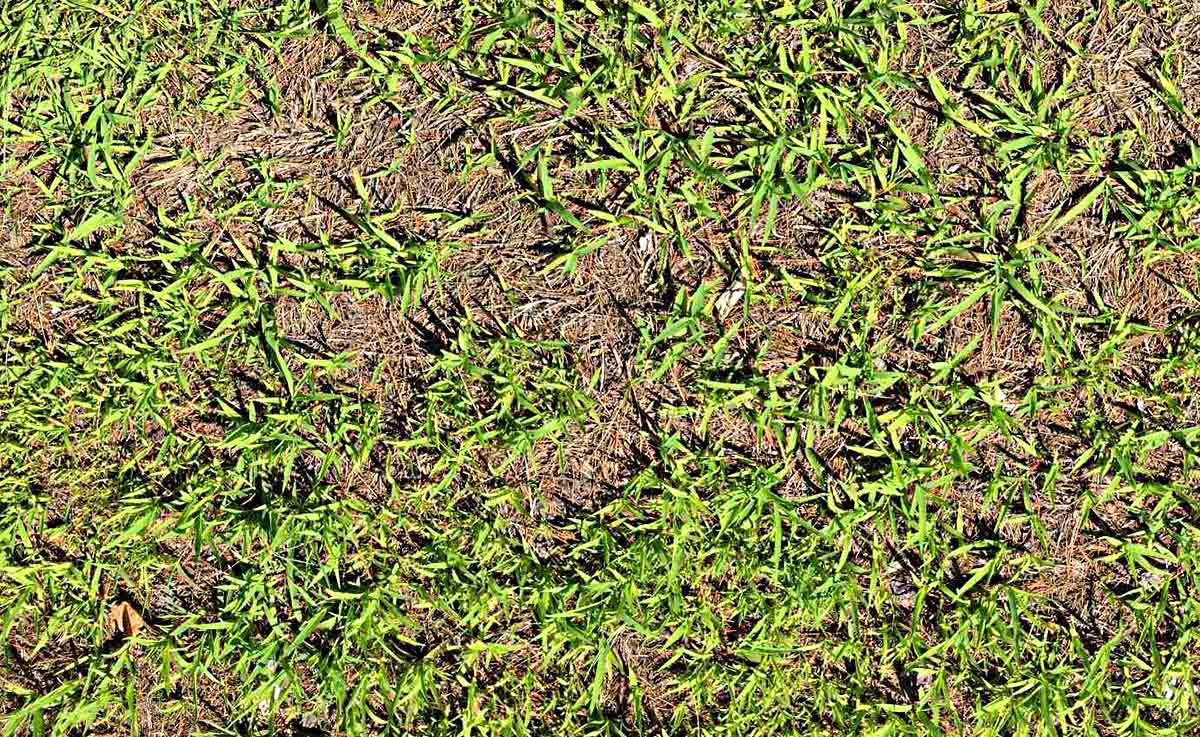
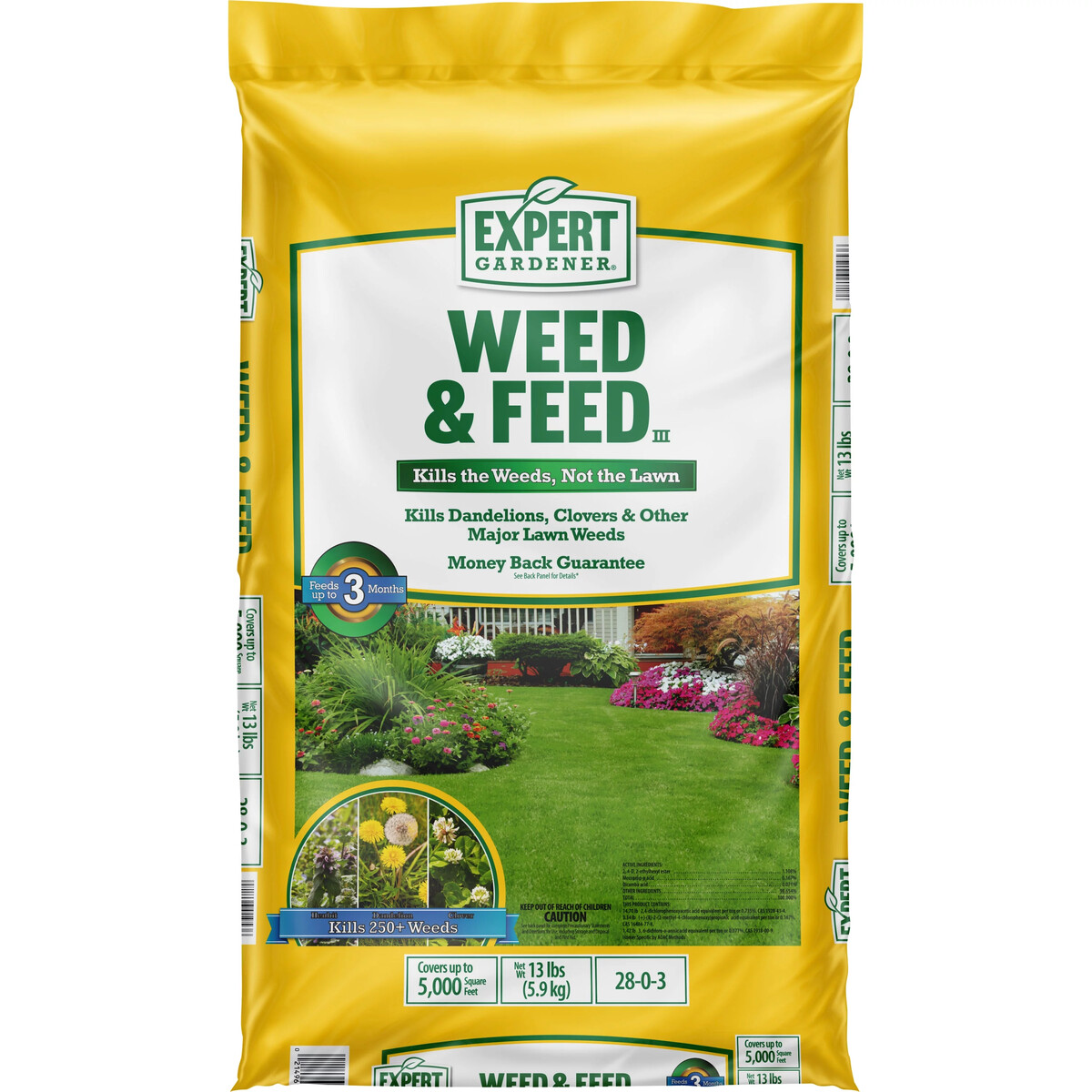

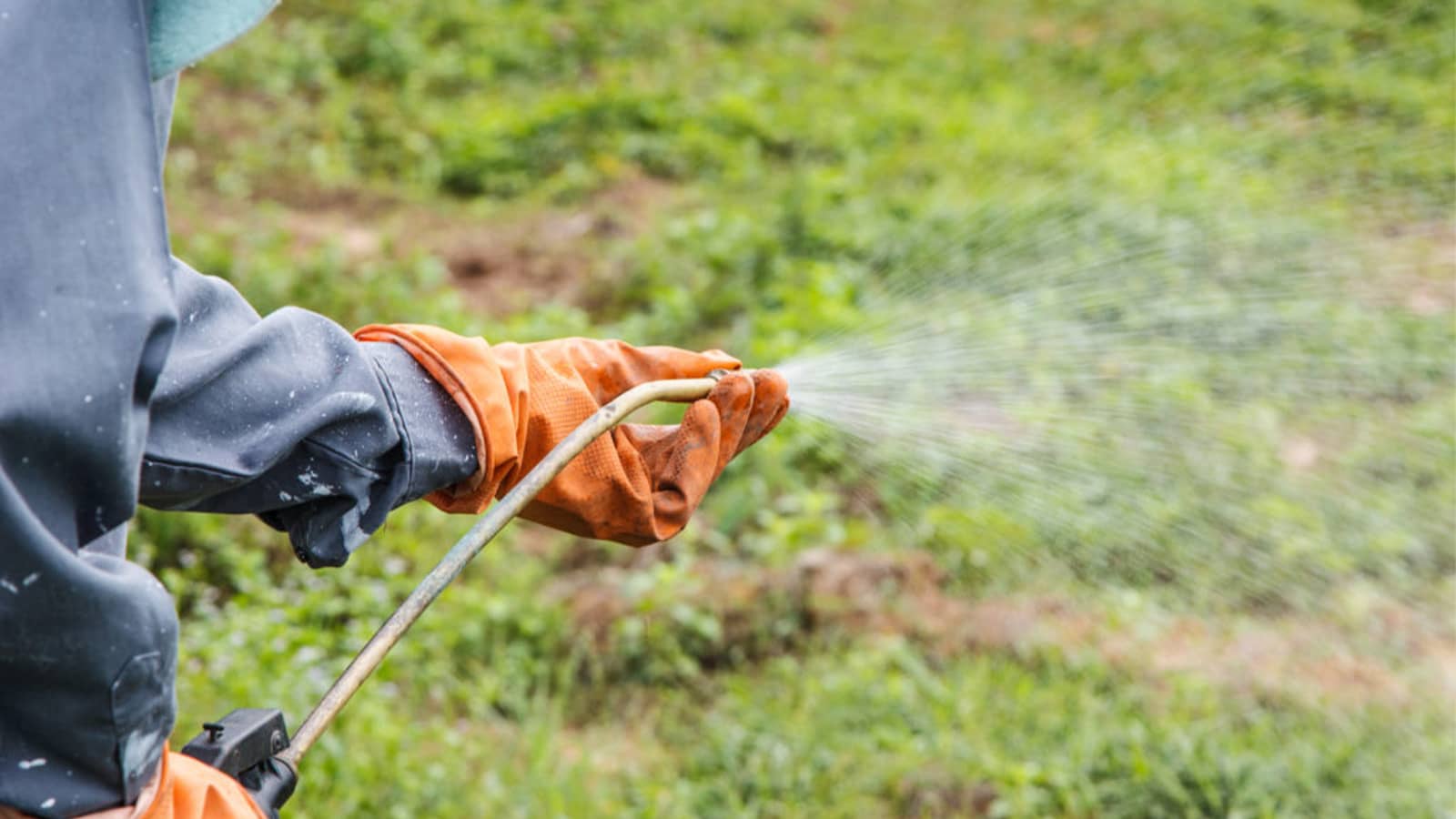
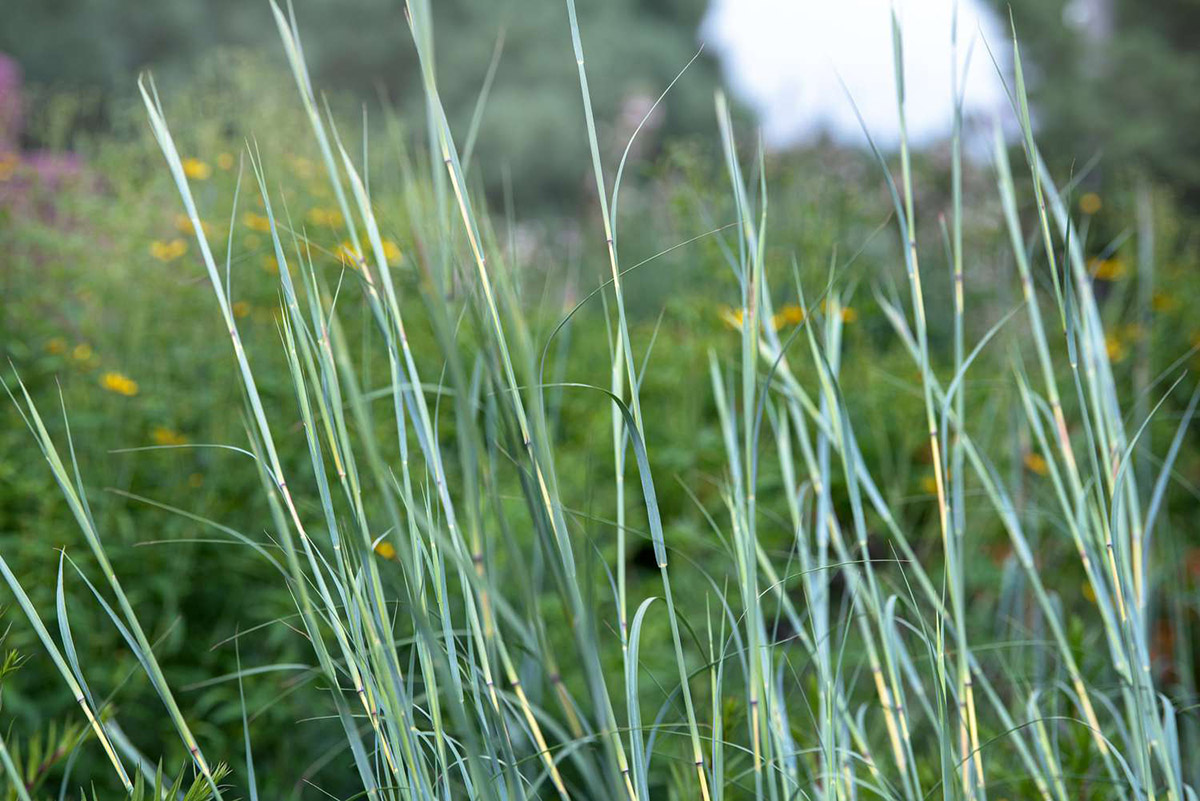
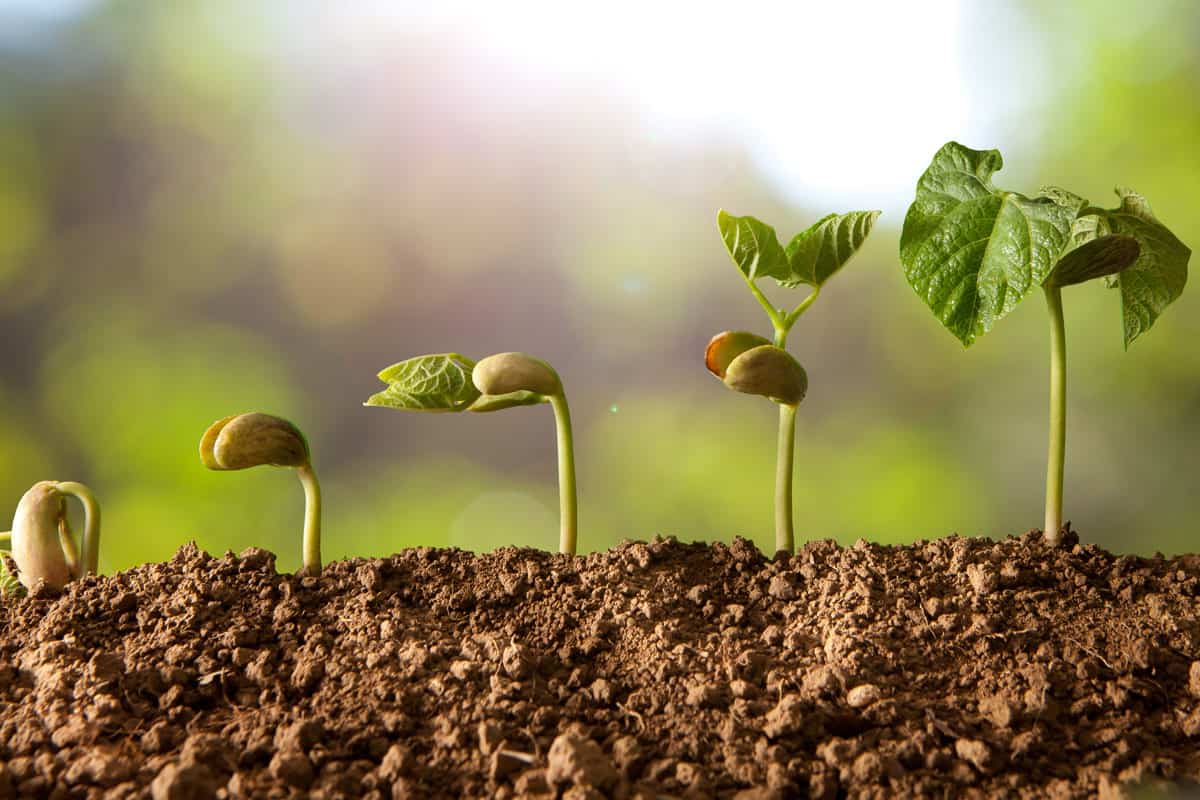
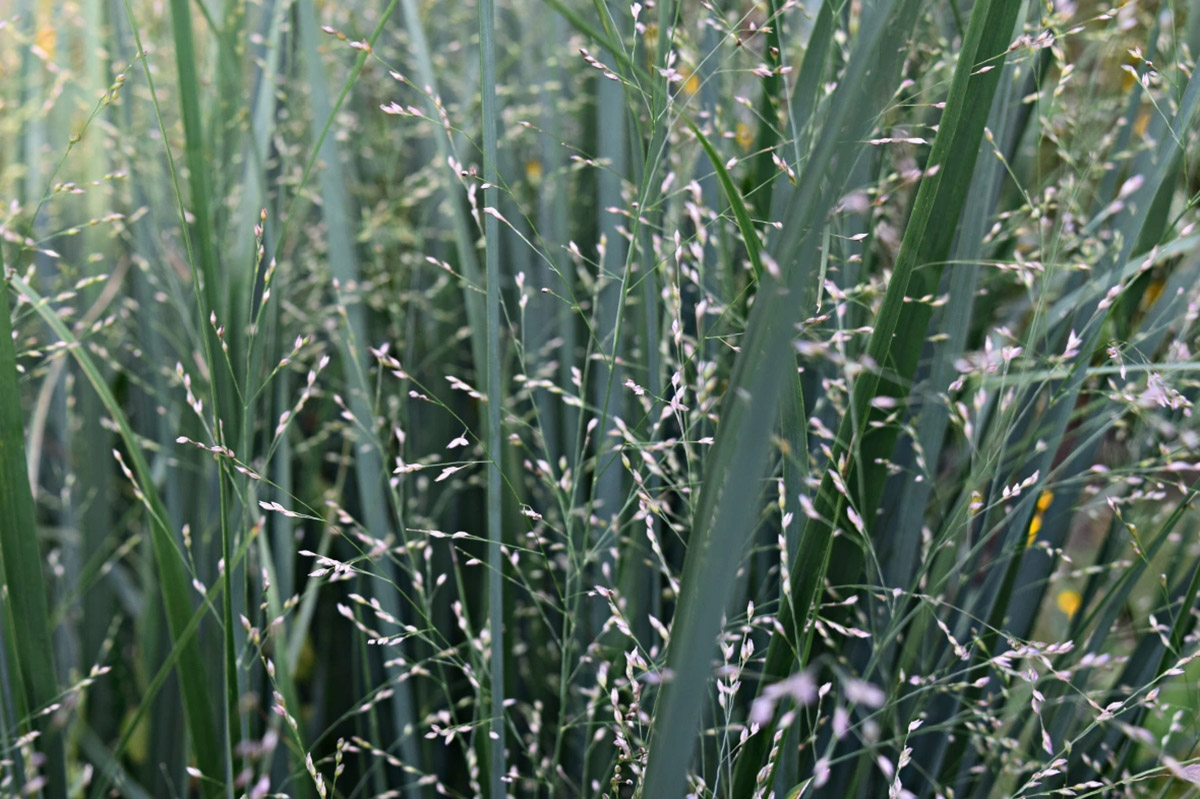
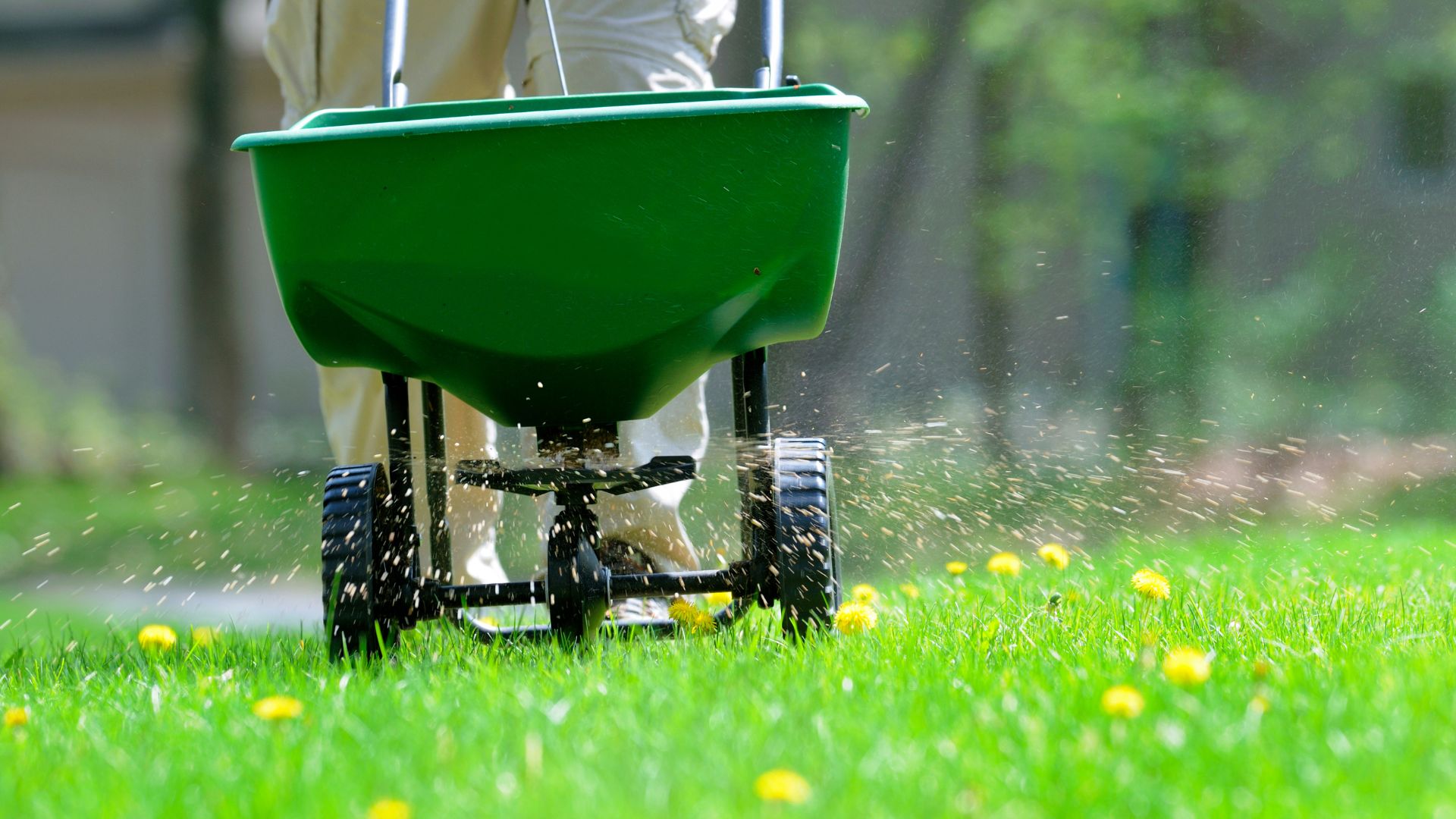

0 thoughts on “When Do Weeds Germinate”